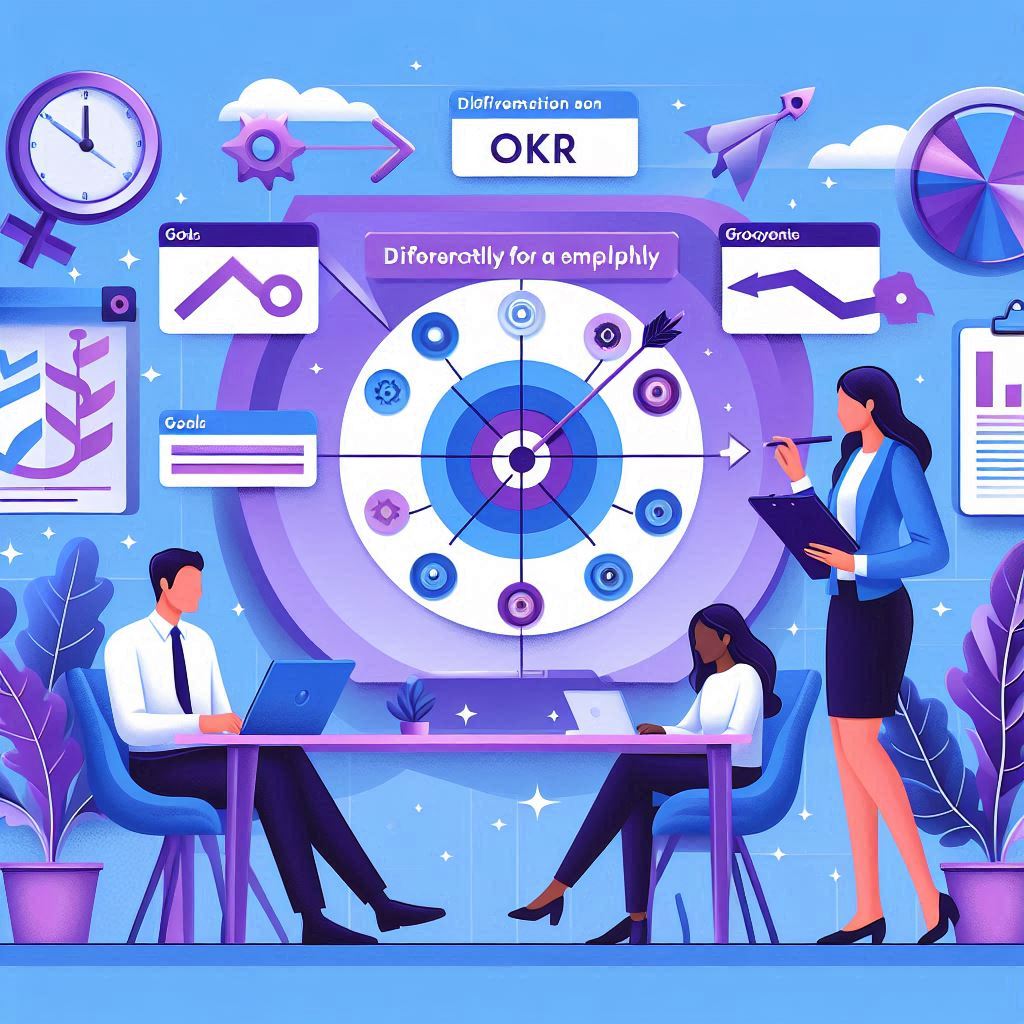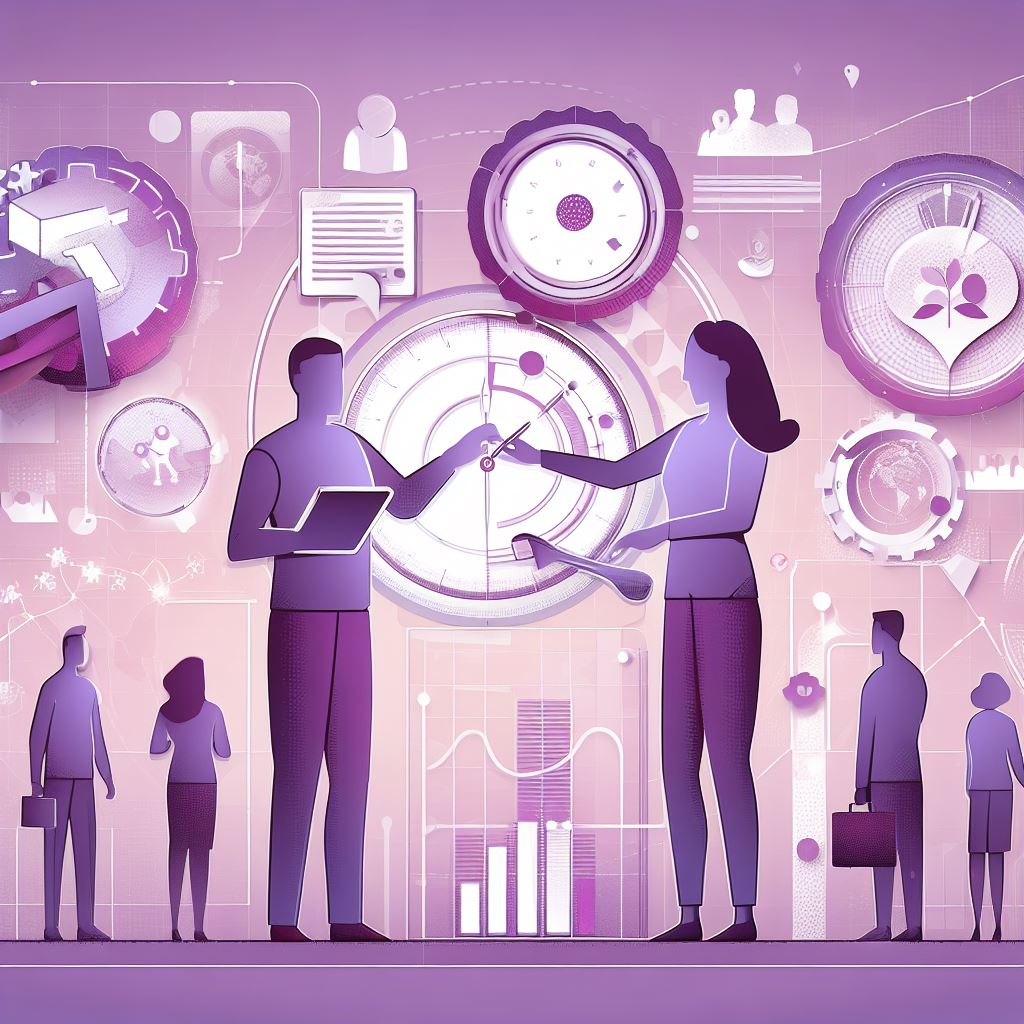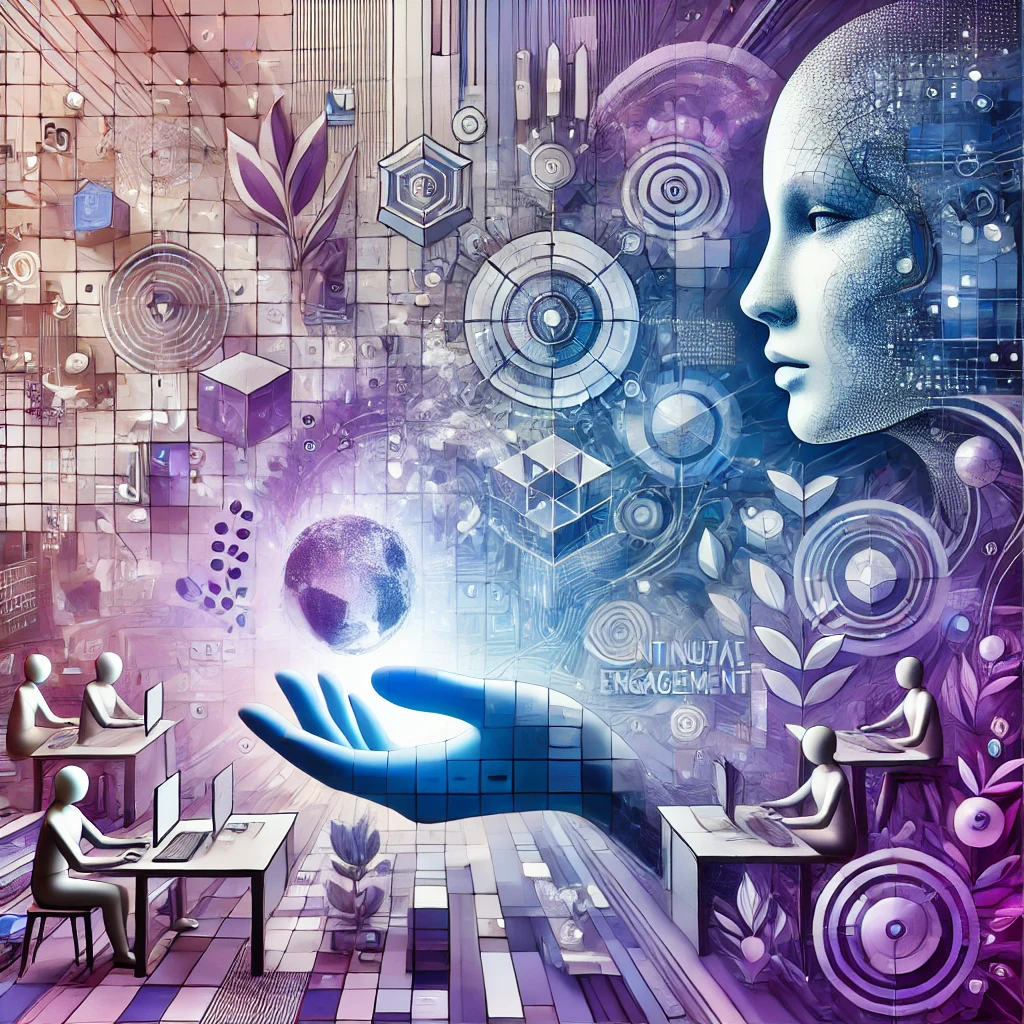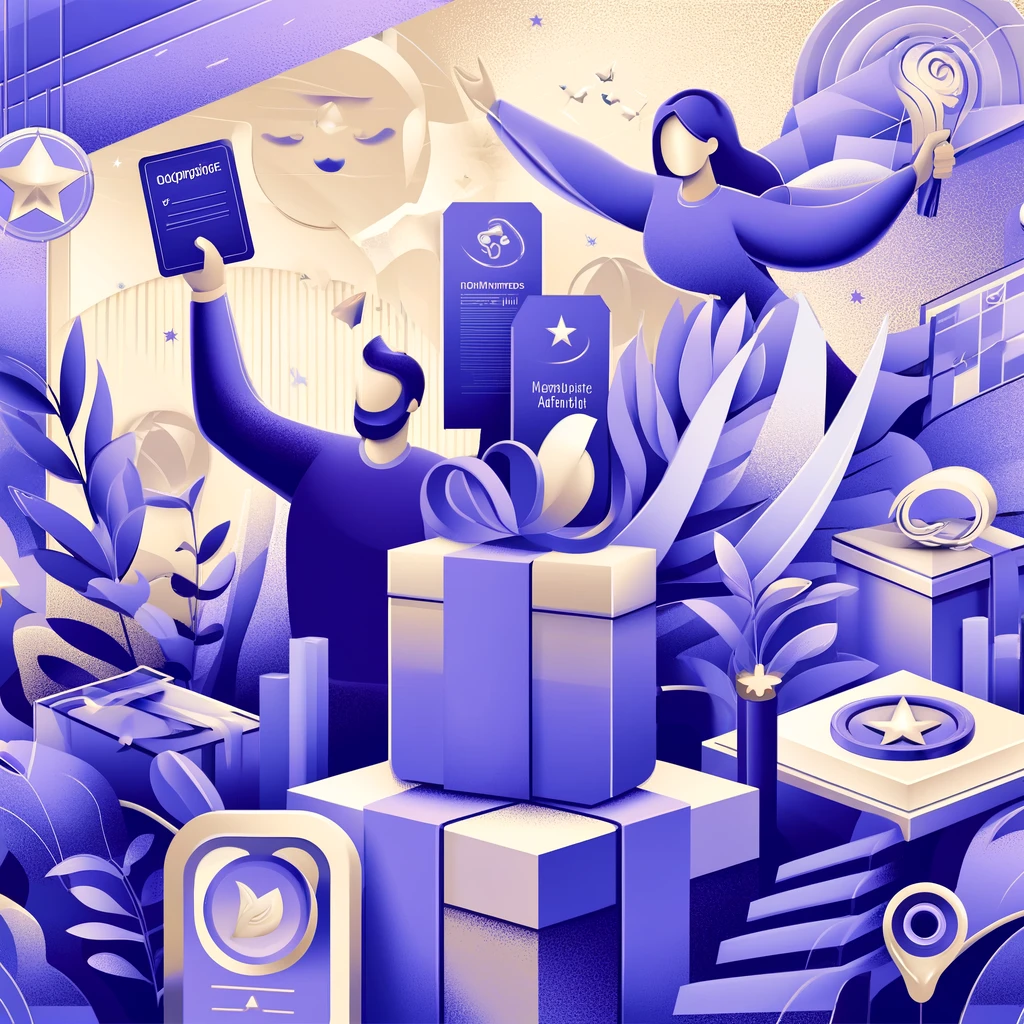Are Gamified Goals Better Than OKRs for Teams?
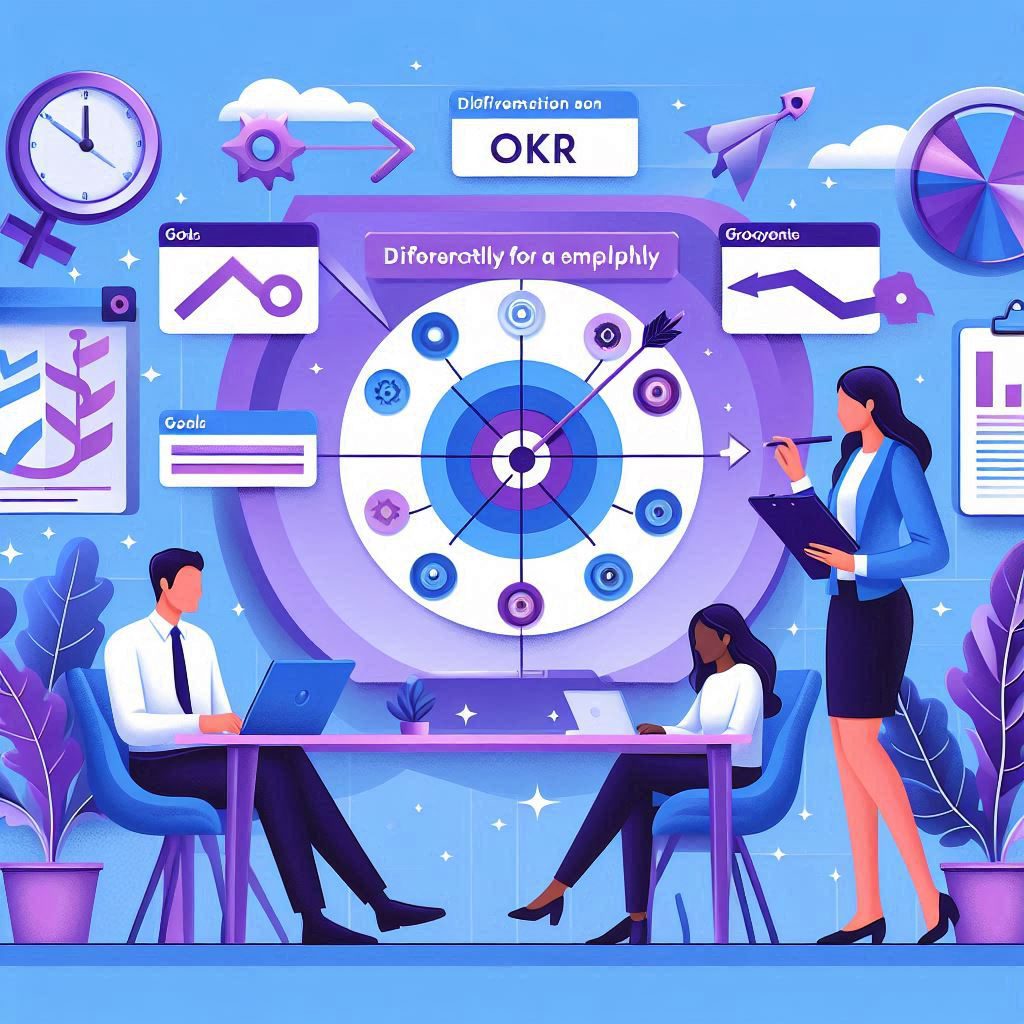
In the age of remote work, digital fatigue, and shifting employee expectations, companies are turning to performance frameworks that don’t just track progress — they ignite passion. Two rising strategies? OKRs (Objectives and Key Results) and Gamified Goals.
“What gets measured gets managed.” – Peter Drucker
But in the modern workplace, what gets engaged gets results.
At first glance, they serve the same purpose: align teams and inspire outcomes. But the engine driving them — and the level of engagement they produce — differs dramatically.
OKRs: The Strategic Compass
OKRs, made famous by Google, are about clarity and alignment. You define a bold Objective (“Increase customer satisfaction”) and measure it through Key Results (“Reduce support response time by 30%”).
According to a 2023 SHRM article, OKRs enhance transparency and accountability. Employees know why their work matters and how success is defined. That’s crucial, especially when purpose fuels productivity.
But OKRs can feel clinical. As Forbes notes, unless regularly reviewed and emotionally connected, OKRs risk becoming “corporate New Year’s resolutions” — set with enthusiasm, forgotten by Q2.
Gamified Goals: Motivation Meets Mechanics
Gamification, on the other hand, taps into human psychology — competition, reward, progress, and play.
Think about dashboards with real-time feedback, badges, team leaderboards, and mini-challenges. It’s not just about achieving a goal, but enjoying the journey there.
Gallup’s 2024 State of the Global Workplace Report shows that highly engaged teams see a 23% increase in profitability. Gamification, when done right, spikes dopamine, encourages friendly competition, and keeps motivation steady.
A Forbes Council post found that gamified systems increased employee performance by up to 147% in certain sales environments. Why? Because people crave recognition and small wins.
The Future: Why Not Both?
Here’s the secret sauce: OKRs for direction. Gamification for drive.
Imagine OKRs that unlock badges when milestones are hit. Or team OKRs paired with peer-to-peer recognition systems. The fusion of strategic clarity and psychological reward creates a performance engine that’s both smart and sustainable.
As James Clear says in Atomic Habits,
“You do not rise to the level of your goals. You fall to the level of your systems.”
OKRs are the goals. Gamification is the system. Together, they don’t just track work — they transform it.
Final Thought
In a world flooded with tasks and to-do lists, engagement isn’t optional — it’s everything. Whether through OKRs or gamified goals, the real win is creating a culture where progress feels personal.
Let the goal be bold, but let the journey be fun.
References
https://www.shrm.org/in/events-education/okr-pulse-business
https://www.forbes.com/councils/forbestechcouncil/2024/02/12/gamification-in-the-workplace-how-why-and-cultural-wins/
https://www.gallup.com/workplace/349484/state-of-the-global-workplace.aspx
